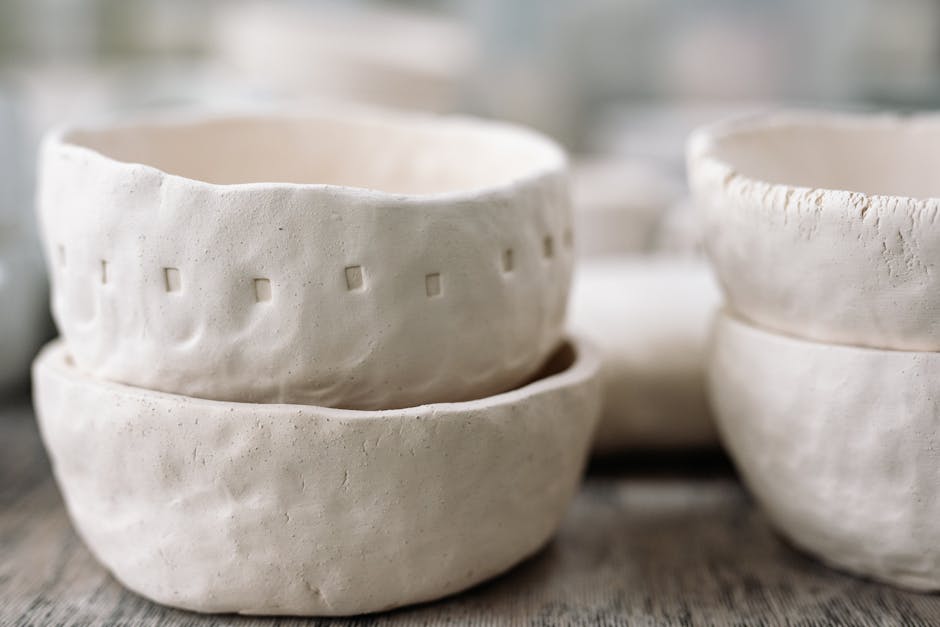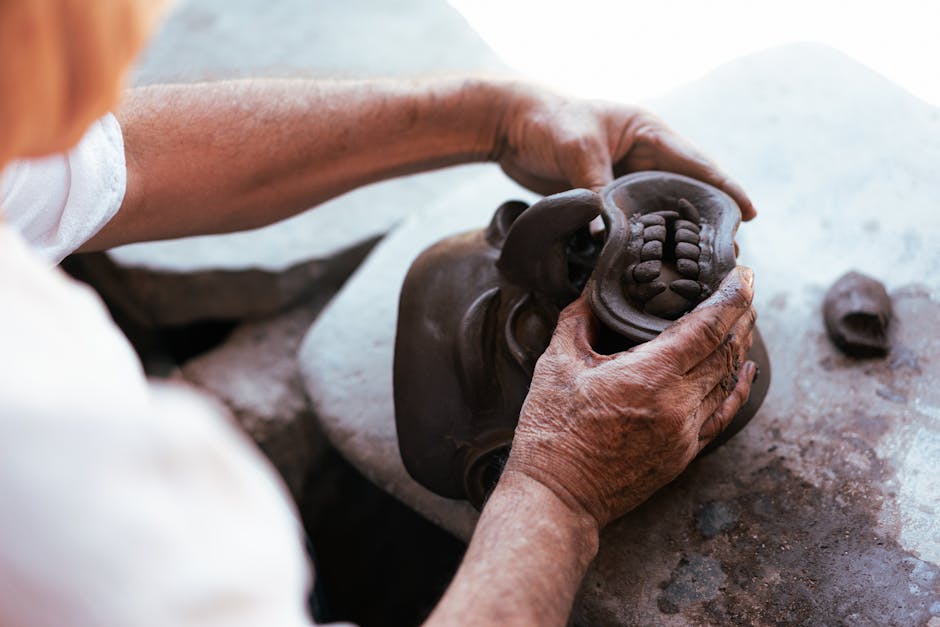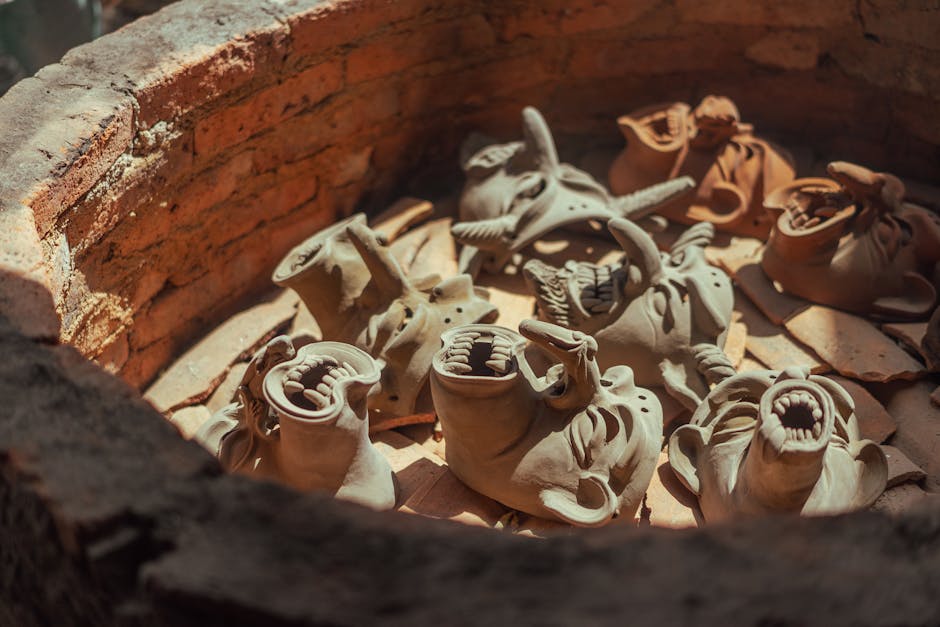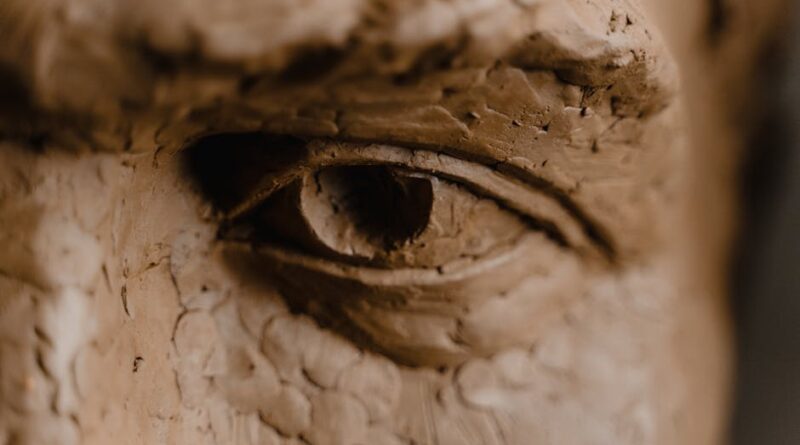Cultural Trends Shaping Art Today
Art has always been a reflection of society, capturing the essence of a particular era, culture, or community. As we navigate the complexities of the 21st century, it’s crucial to understand how cultural trends are shaping the art world today. From the rise of digital art to the exploration of social justice themes, the landscape of art is constantly evolving. In this article, we will delve into the various cultural trends influencing artists and their work, examining the impact of technology, global interconnectedness, and shifting societal norms on the art world.
The Intersection of Technology and Art

One of the most significant cultural trends shaping art today is the intersection of technology and art. With the advent of digital tools and platforms, artists have new ways to create, exhibit, and engage with their audiences. Digital art, which encompasses various forms such as computer-generated imagery (CGI), virtual reality (VR), and augmented reality (AR), has opened up a world of possibilities for artists to experiment and push boundaries.
Take, for example, the work of renowned digital artist Beeple, who sold a digital artwork for a record-breaking $69 million at Christie’s auction house. This sale marked a watershed moment for digital art, demonstrating its growing acceptance and value in the art market. Artists like Beeple are leveraging technology to create immersive, interactive experiences that challenge traditional notions of art and creativity.
Furthermore, social media platforms like Instagram, TikTok, and Pinterest have become essential tools for artists to showcase their work, connect with fans, and collaborate with other creatives. These platforms provide a means for artists to reach a global audience instantly, democratizing the art world and breaking down traditional barriers to entry. As technology continues to advance, we can expect to see even more innovative and boundary-pushing art forms emerge.
Social Justice and Activism in Art

Another prevalent cultural trend shaping art today is the increasing focus on social justice and activism. In an era marked by political unrest, environmental crises, and social inequality, artists are using their platforms to raise awareness, spark conversations, and drive change. Art has always been a powerful tool for social commentary and critique, and today’s artists are harnessing this power to address pressing issues facing our world.
For example, the Black Lives Matter movement has inspired a wave of artistic expressions that highlight the experiences of Black individuals and communities. Artists like Titus Kaphar and Kara Walker are using their work to challenge systemic racism, confront historical narratives, and advocate for social justice. Through their art, they are amplifying marginalized voices and demanding a more inclusive and equitable society.
Similarly, environmental artists like Olafur Eliasson and Ai Weiwei are using their art to draw attention to climate change, biodiversity loss, and other environmental issues. Through large-scale installations, provocative sculptures, and multimedia projects, these artists are urging viewers to confront the urgent challenges facing our planet and take action to protect the environment. By blending art and activism, they are inspiring a new generation of eco-conscious citizens and policymakers.
The Impact of Globalization on Art

Globalization has also had a profound impact on the art world, influencing artistic styles, themes, and perspectives. As boundaries between countries and cultures blur, artists are increasingly drawing inspiration from diverse sources, blending traditional techniques with contemporary influences, and engaging in cross-cultural dialogues. This interconnectedness has enriched the artistic landscape, fostering collaboration, innovation, and cultural exchange.
One notable example of the impact of globalization on art is the rise of the global art market, with art fairs, biennials, and auctions attracting collectors and enthusiasts from around the world. Events like Art Basel, Frieze Art Fair, and the Venice Biennale have become must-attend gatherings for artists, galleries, and art aficionados seeking to discover new talent and trends. These platforms provide a stage for artists to showcase their work on an international scale, promoting cultural diversity and artistic dialogue.
Moreover, the digital age has facilitated cross-cultural collaborations and exchanges, allowing artists to connect with peers from different countries and backgrounds. Virtual artist residencies, online exhibitions, and digital art symposiums have become increasingly popular, enabling artists to share ideas, techniques, and experiences in real-time. This global connectivity has transformed the way art is created, shared, and appreciated, fostering a sense of unity and solidarity among artists worldwide.
Redefining Traditional Art Forms

In addition to embracing new technologies and themes, artists are redefining traditional art forms and techniques to reflect contemporary sensibilities and values. From reinterpreting classical masterpieces to subverting artistic conventions, today’s artists are pushing the boundaries of artistry and creativity in exciting ways.
One example of this trend is the resurgence of traditional crafts and artisanal techniques in contemporary art. Artists like Sheila Hicks, El Anatsui, and Tatyana Yanishevsky are revitalizing age-old practices such as weaving, pottery, and embroidery, infusing them with a modern twist. By blending traditional craftsmanship with contemporary aesthetics, these artists are celebrating heritage, authenticity, and cultural heritage in their work.
Furthermore, artists are challenging traditional notions of art by experimenting with new mediums, materials, and formats. Mixed-media installations, performance art, and interdisciplinary collaborations are becoming increasingly popular, blurring the boundaries between different artistic disciplines and inviting viewers to engage with art in new and innovative ways. By breaking free from conventional norms, artists are redefining what it means to create and experience art in the 21st century.
The Role of Diversity and Inclusion in Art
Diversity and inclusion have emerged as central themes in contemporary art, reflecting a growing awareness of the need for representation, equity, and social justice in the art world. Artists from marginalized communities, including women, people of color, LGBTQ+ individuals, and disabled artists, are challenging the status quo and demanding greater visibility and recognition for their work.
For instance, the Guerrilla Girls, a feminist art collective, have been advocating for gender equality and diversity in the art world since the 1980s. Through their provocative posters, performances, and public interventions, they have exposed the lack of representation of women artists in museums, galleries, and art history textbooks. Their activism has inspired a new generation of feminist artists to speak out against discrimination and inequality in the art world.
Similarly, LGBTQ+ artists like Felix Gonzalez-Torres, Catherine Opie, and Zanele Muholi are using their art to celebrate queer identities, challenge stereotypes, and promote LGBTQ+ rights and visibility. Their work explores themes of love, desire, identity, and resilience, offering a powerful counter-narrative to mainstream representations of LGBTQ+ individuals. By centering their experiences and perspectives, these artists are reshaping the cultural landscape and fostering greater acceptance and understanding of diverse identities.
Embracing Sustainability and Eco-Friendly Practices
As the world grapples with the effects of climate change and environmental degradation, artists are increasingly turning to sustainable practices and eco-friendly materials in their work. Sustainability has become a major focus in the art world, with artists, galleries, and institutions seeking to reduce their carbon footprint, minimize waste, and promote environmental stewardship.
One example of this trend is the rise of eco-conscious art installations and projects that highlight the importance of sustainability and conservation. Artists like Olafur Eliasson, Maya Lin, and Chris Jordan are using their work to draw attention to environmental issues such as deforestation, plastic pollution, and climate change. Through their art, they are encouraging viewers to reflect on their impact on the planet and take action to protect the environment.
Furthermore, artists are incorporating recycled materials, organic pigments, and eco-friendly practices into their creative process, reducing their environmental footprint and promoting responsible consumption. From upcycled sculptures to zero-waste exhibitions, artists are leading by example, demonstrating that art can be both aesthetically pleasing and environmentally conscious. By embracing sustainability, artists are not only creating beautiful works of art but also advocating for a more sustainable and equitable future for all.
Challenges and Controversies in the Art World
While cultural trends have brought about positive changes and innovations in the art world, they have also sparked debates, controversies, and challenges. From issues of cultural appropriation and authenticity to questions of artistic integrity and commodification, artists are grappling with complex ethical and moral dilemmas in their practice.
One contentious issue in the art world is the commodification of art and the influence of the art market on artistic production and consumption. As art becomes increasingly commercialized and commodified, artists are under pressure to create marketable works that appeal to collectors, galleries, and institutions. This commercialization can sometimes compromise artistic integrity, creative freedom, and authenticity, leading to concerns about the commercialization of art.
Furthermore, the rise of digital art and NFTs (non-fungible tokens) has raised questions about ownership, copyright, and the value of art in the digital age. While NFTs offer artists new opportunities to monetize their work and reach a global audience, they also raise concerns about the environmental impact of blockchain technology, the exclusivity of digital art, and the speculative nature of the NFT market. Artists and collectors alike are navigating these challenges and seeking to strike a balance between innovation, sustainability, and ethical practices.
Conclusion
Art is a mirror of society, reflecting the cultural trends, values, and challenges of our time. As we explore the various cultural trends shaping art today, from the intersection of technology and art to the focus on social justice and activism, it becomes clear that artists are at the forefront of change and innovation. By embracing diversity, sustainability, and inclusivity, artists are pushing the boundaries of creativity and challenging the status quo.
As we look to the future, it is essential to support and celebrate the artists who are using their talent and vision to inspire, provoke, and transform our world. By engaging with art that reflects our values, experiences, and aspirations, we can contribute to a more inclusive, equitable, and vibrant cultural landscape. Let us continue to explore, create, and engage with art that shapes our world and illuminates the beauty and complexity of the human experience.




